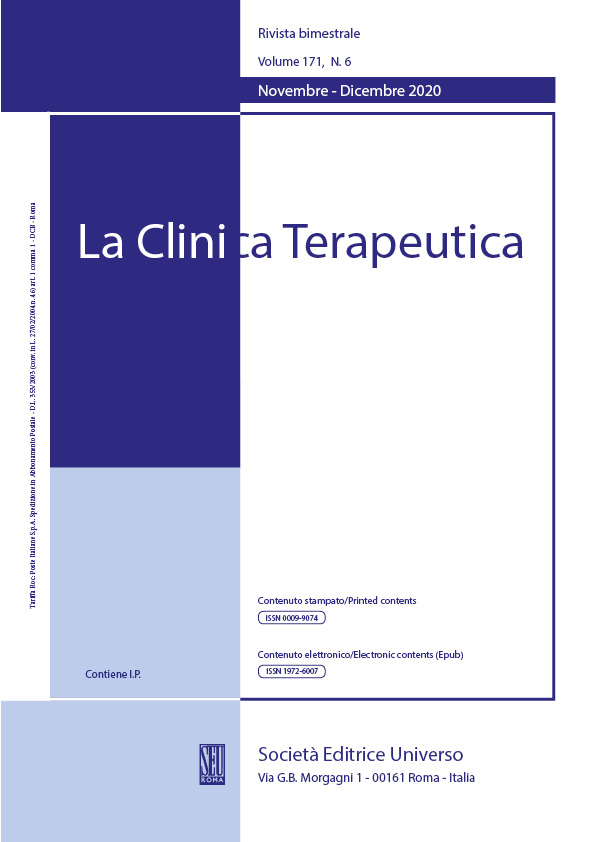Abstract
Background: Here we aim to report the persistent spinous process in the ‘pan sacral type’ of spina bifida occulta in an asymptomatic male and discuss its clinical significance. The presence of this type of dorsal wall defect with a bony spur attached to it has never been described in the literature to the best of our knowledge after extensive literature search. Our work presents the first anatomic description where the spinous and paraspinous cleft are seen in a sacrum of a live subject.
Case Report: During a morphometric study of the sacra, normal subject computed tomography imaging (CT) was procured from the Department of Radio-diagnosis. A three-dimensional (3D) image of the sacrum was created using Dicom to Print and Geomagic freeform plus software. A complete dorsal wall defect was observed in a 3D reconstructed sacrum of an adult male. The sacral canal was converted into a groove with a bony spur hanging in the centre. The longitudinal bony spur attached to the lamina was the persistent spinous process.
Conclusion: Such congenital defects are clinically significant for the anaesthetist during caudal epidural block and for orthopaedic surgeons before any surgical procedure. It may be misdiagnosed as an abnormal bony injury on CT. Thus, it is essential to ensure that patients with congenital anomalies are not treated unnecessarily for spinal fractures.

